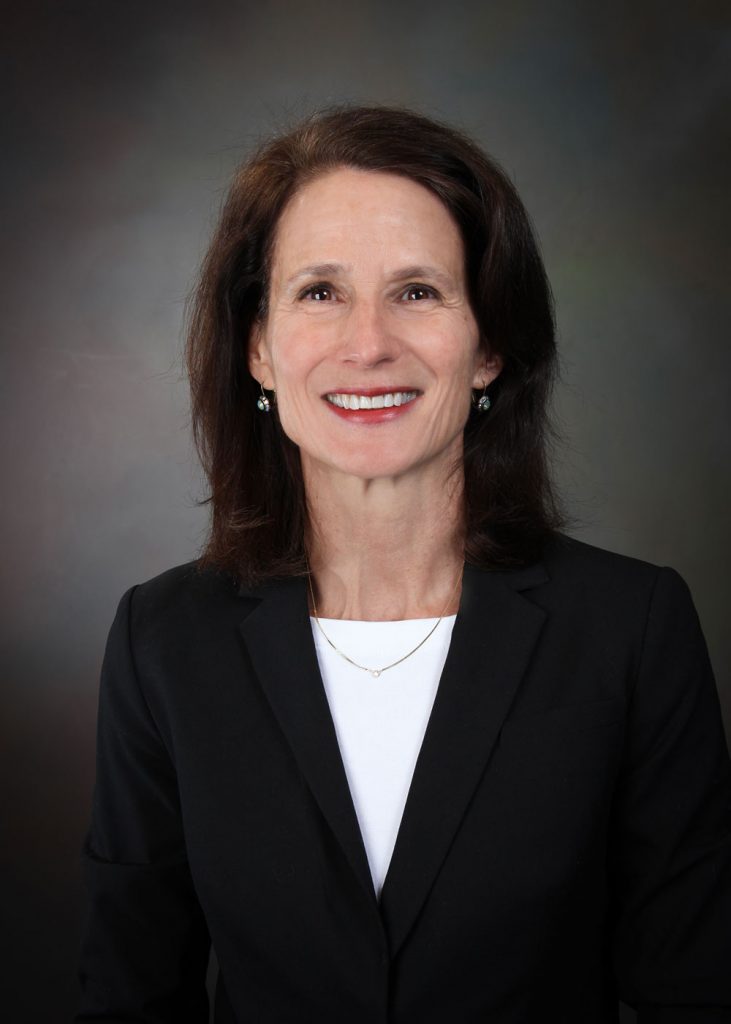Recognition for innovative contributions in engineering theory and practice

Sandia Fellow Tina Nenoff has been elected a member of the National Academy of Engineering, one of the highest distinctions for a researcher.
Membership in the academy celebrates those who have made significant contributions to engineering theory and practice, as well as those who have demonstrated remarkable achievements in pioneering new and evolving fields of technology.
Tina’s recognition stems from her pivotal role in translating fundamental understanding of nanoporous materials into applications with societal and national security impacts.
Her impressive research record includes more than 190 peer-reviewed articles and four book chapters published, along with 17 U.S. patents awarded. She also has delivered more than 100 presentations at national and international conferences covering a broad spectrum of materials science topics.
Her collaboration with a Sandia colleague on the spongelike properties of crystalline silico-titanates led to the cleansing of an estimated 40 million gallons of radioactive water at Japan’s Fukushima Daiichi nuclear power plant, following the damaging effects to its reactors and buildings by an earthquake-induced tsunami in 2011.
Recognizing the value of Tina’s technical counsel, she was appointed as deputy and science adviser to NNSA Administrator and DOE Under Secretary for Nuclear Security Jill Hruby, a former Sandia director and herself an academy member. This two-year appointment began in March 2023.
In a congratulatory note that implicitly acknowledged the extent of Tina’s contributions, Labs Director James Peery wrote: “Tina: Well-deserved and an honor to work for you!”
Tina attributes her success to early parental support, an excellent high school teacher and undergraduate research at the University of Pennsylvania with Alan MacDiarmid, who received the Nobel Prize in chemistry in 2000. Reflecting on her time with MacDiarmid, she recalled, “He had not yet been awarded the Nobel and would not be for a few years, but everyone could feel the energy and excitement of the work that was ongoing in his labs. That was enthralling to me.”
Tina was among 114 engineers and 21 foreign associates whose election was announced Feb. 7, bringing the academy’s total U.S. membership to 2,310 and the number of international associates to 332. The formal induction ceremony is scheduled for Sept. 29.
Established in 1964 under the charter of the National Academy of Sciences, the National Academy of Engineering serves as a parallel organization of exceptional engineers. It shares with the National Academy of Sciences the responsibility for advising the federal government, sponsors engineering programs aimed at meeting national needs, encourages education and research, and acknowledges the superior achievements of engineers.
Present, retired and former Sandians listed as members of the National Academy of Engineering include James Asay, Babu Chalamala, Jackie Chen, Tom Cook, George Dacey, Paul Fleury, John Galt, Gary Grest, Walter Herrmann, William Jack Howard, Jill Hruby, Charles Jakowatz Jr., Miriam John, Tamara Kolda, Laura McGill, Tina Nenoff, Gordon Osbourn, Julia Phillips, Dana Powers, Eugene Reed, C. Paul Robinson and Albert Westwood.